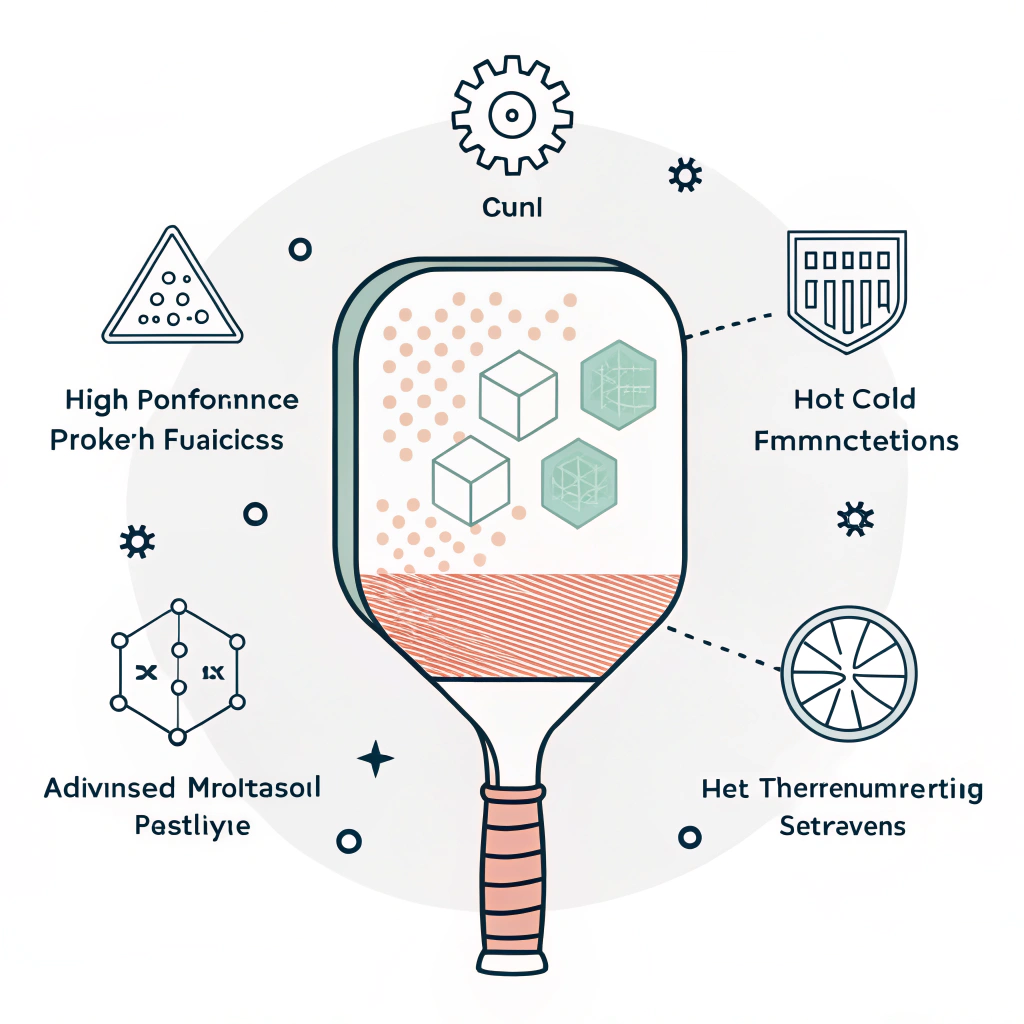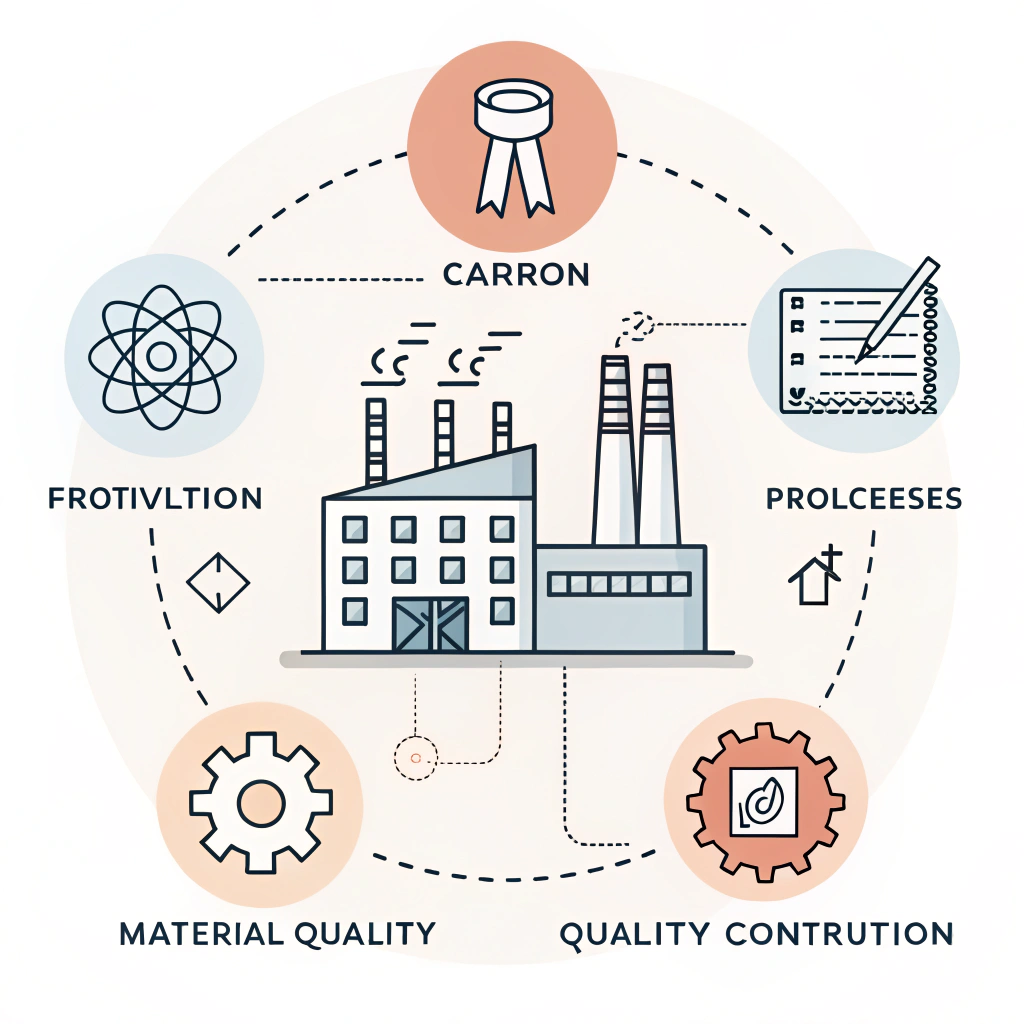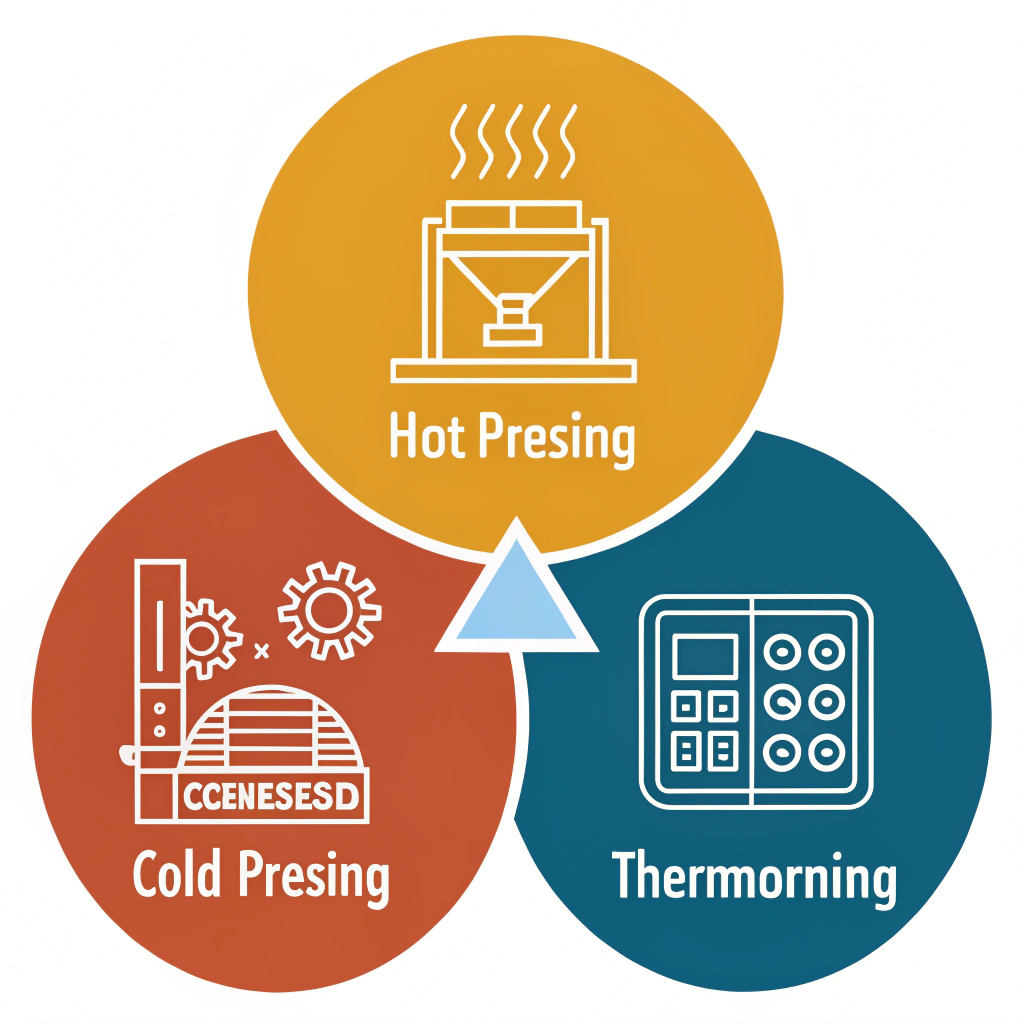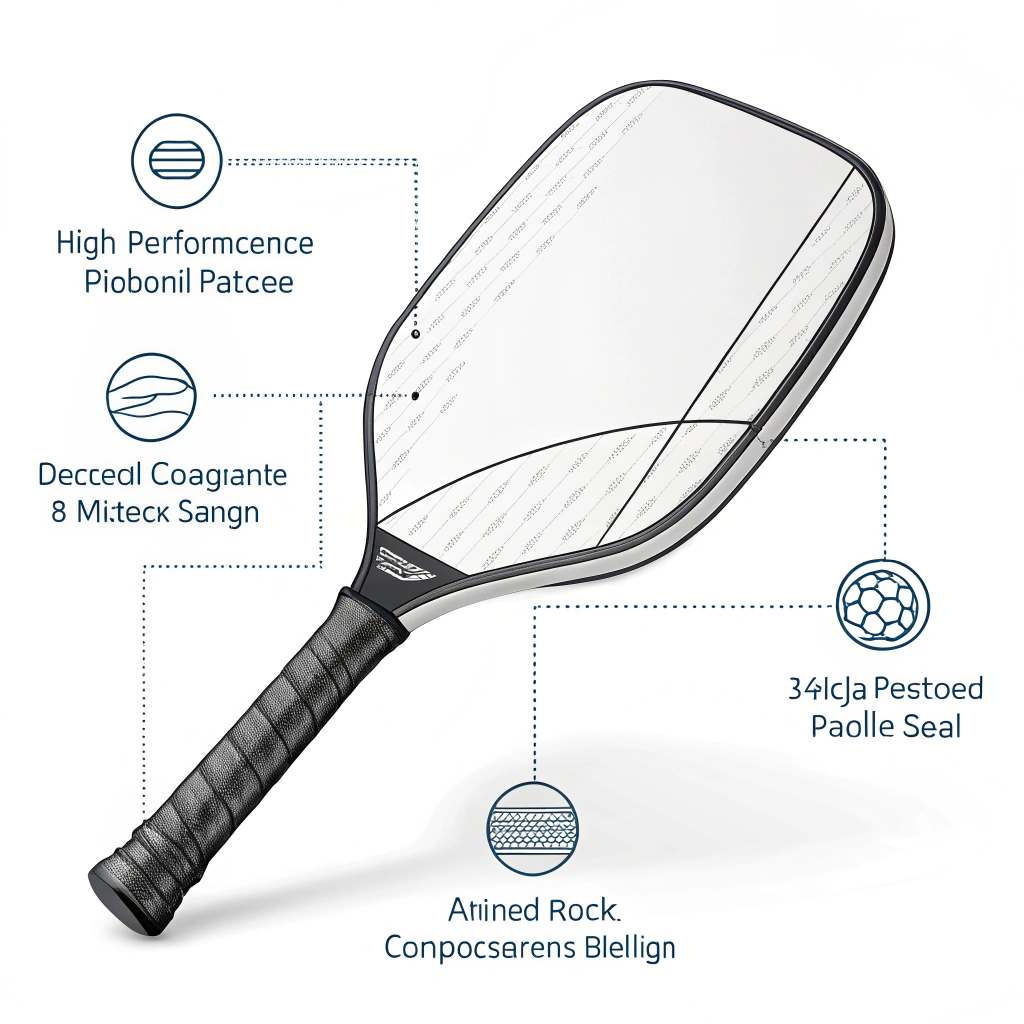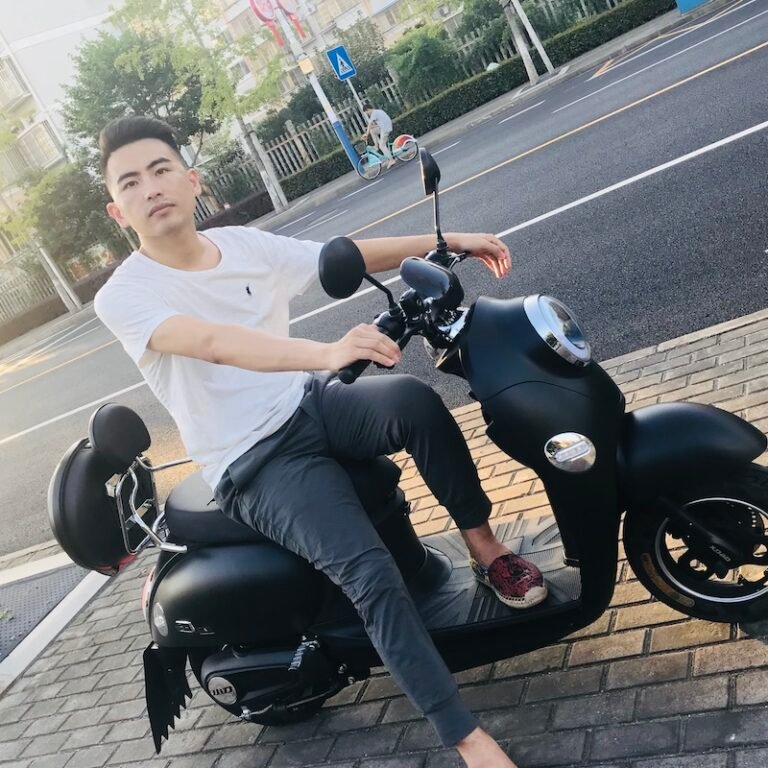Choosing the right OEM1 partner for high-performance pickleball paddles is crucial to ensuring top quality and innovative design in your product lineup. NEX Pickleball leverages advanced manufacturing techniques, premium materials, and strict quality control processes to deliver competitive products that meet both recreational and professional needs.
For brand managers, procurement specialists, and product development leads, selecting an OEM manufacturer is challenging. Several factors—ranging from material selection and production technology to quality assurance and custom design capabilities—play a critical role in the overall product performance and market competitiveness. Without a reliable supplier, companies risk delays, subpar paddle performance, and inaccuracies in quality that can ultimately affect brand reputation.
Many companies experience issues with inconsistent paddle durability, inadequate vibration control, and insufficient customization options, all of which may compromise the player’s experience. Inefficient production processes can further disrupt supply chains and lead to budget overruns. Thus, understanding the complexities of paddle manufacturing and evaluating each manufacturer’s capabilities is essential for a successful partnership.
Several are the common challenges that arise during supplier selection and evaluation:
- Material Quality: The performance of a pickleball paddle is highly dependent on the materials used—for instance, carbon fiber2, fiberglass, and various composite materials. Some manufacturers may use substandard components that do not meet the performance benchmarks.
- Production Processes: Techniques such as hot pressing, cold pressing, and thermoforming3 each have unique advantages and limitations. Inefficient use of these processes can lead to inconsistent product quality.
- Customization and Precision: Buyers often require tailored specifications—like unique grip sizes and surface textures—to align with their brand and product line. A supplier who cannot provide precision customization may not be the best match for your business.
- Quality Control: Without rigorous testing and quality assurance procedures, there can be significant variations from batch to batch. This inconsistency can affect the paddle’s durability, control, and overall performance.
- Scalability and Efficiency: Balancing high performance with production efficiency is a vital consideration. Manufacturers with outdated processes may struggle to meet increased demand or maintain competitive pricing.
Understanding these root causes is the first step in making an informed decision when selecting an OEM partner.
To address these challenges, NEX Pickleball has developed a comprehensive approach that ensures high-performance products through industry-leading manufacturing methods. The following steps outline our solution-oriented methodology:
We prioritize using only premium carbon fiber variants such as 3K, 12K, and T300 Carbon Fiber which have distinct performance benefits. In addition, our paddles incorporate advanced fiberglass and composite materials to offer a balance of power, control, and durability. The choice of core materials—whether Nomex, aluminum, or polymer honeycomb cores—is tailored based on targeted performance metrics like shock absorption and ball feel.
Our manufacturing strategy integrates three principal production techniques:
- Hot Pressing: This method delivers high production efficiency and strong paddles with excellent impact resistance.
- Cold Pressing: Ensuring optimal control by preserving material properties and providing a high-quality ball feel.
- Thermoforming: Ideal for creating paddles with intricate designs, optimal thickness distributions, and enhanced stability.
Each method is chosen based on the product’s performance requirements and design complexity, ensuring that every paddle meets our strict quality standards.
Every paddle undergoes rigorous testing at multiple production stages. Our quality control process includes:
- Verifying material consistency.
- Ensuring the precision of custom design elements.
- Conducting durability and performance tests to measure shock absorption, rebound force, and vibration control.
Robust quality assurance protocols help guarantee that every paddle is built to withstand high-intensity usage while meeting both aesthetic and functional expectations.
NEX Pickleball offers tailored paddle design options that can match your brand identity and specific performance needs. Options include:
- Custom grip sizes and ergonomic designs.
- Specific paddle weight and balance adjustments.
- Personalized surface treatments for improved grip and spin.
Our flexible approach to production allows brands to differentiate themselves in a competitive market while ensuring a high return on investment.
Below is a comparison of our key production methods to help clarify their benefits and minor limitations:
| Production Process | Advantages | Disadvantages |
|---|---|---|
| Hot Pressing | High efficiency; strong impact resistance; sound structural integrity | Potential alteration in material feel; high equipment cost |
| Cold Pressing | Precise control of thickness and structure; intact material properties | Longer production cycles; requires advanced pressure control |
| Thermoforming | Capable of intricate designs; precise material distribution; enhanced stability | Longer production times; higher cost for equipment |
This table provides a quick reference for assessing each process, enabling you to understand the technical nuances that contribute to superior paddle performance.
While our advanced techniques and production processes set us apart, there are a few pivotal factors to consider when evaluating an OEM partner:
- Production Volume and Lead Times: Ensure that the partner can scale up production while maintaining quality control. High-volume orders might require adjustments in production timelines.
- Investment in Equipment: Advanced production methods like thermoforming may require higher initial investments. Assessing the partner’s willingness and capacity to invest in future innovations is key.
- Customization Precision: Consider how readily the manufacturer accommodates detailed custom orders. Flexibility in design is crucial to market differentiation.
- Communication and Transparency: Ongoing dialogue about production issues and timely updates on order statuses are essential. A manufacturer that is proactive in addressing challenges often ensures consistent product quality.
Taking these considerations into account will help foster a productive and reliable B2B partnership while maximizing ROI.
A recent collaboration with a leading sports equipment brand illustrates the effectiveness of our manufacturing techniques. The client needed a custom-designed paddle that offered:
- Superior dynamic balance for competitive play.
- A combination of 12K Carbon Fiber for strength and Nomex Honeycomb Core4 for durability.
- Enhanced vibration dampening and a comfortable ergonomic grip.
Our engineering team conducted extensive testing and quality control procedures to deliver a product that exceeded the client’s expectations. Post-launch feedback highlighted significant improvements in performance, including better control and increased durability over competitive use. This case underscores our commitment to tailoring our manufacturing processes to meet specific client needs while ensuring a top-tier product.
In summary, selecting a reliable OEM partner is a multi-faceted decision that requires careful evaluation of materials, production processes, quality control measures, and customization capabilities. NEX Pickleball stands out as a partner with:
- Access to a range of premium materials and high-performance composites.
- Expertise in advanced production processes (hot pressing, cold pressing, thermoforming) that ensure product consistency.
- A proven track record of rigorous quality control and responsive OEM customization.
If you are in the process of enhancing your sports equipment portfolio or require a high-performance OEM partner to boost your brand’s competitiveness in the pickleball market, a strategic partnership with NEX Pickleball can be the catalyst for success. We invite you to reach out for further consultation and to discuss your specific project requirements.
Taking decisive steps now will help secure a competitive advantage in the fast-growing pickleball market. Equip your brand with innovatively engineered, durable, and high-performing paddles that resonate with discerning players across the globe.
Q1: Who makes the best quality pickleball paddles?
A1: The best quality pickleball paddles are produced by manufacturers that utilize premium materials like carbon fiber and advanced composites, alongside precise production processes such as hot pressing, cold pressing, and thermoforming. This ensures superior impact resistance, control, and longevity. Leading brands often feature paddles designed to deliver enhanced performance and durability for both competitive and recreational play.
Q2: What to look for when purchasing pickleball paddles?
A2: Key factors include the paddle shape, core material, face material, handle length, overall weight, and a grip that fits your hand size and play style. Evaluating these specifications helps ensure that the paddle meets the performance needs and comfort for your specific playing style.
Q3: How to tell the quality of a pickleball paddle?
A3: Important quality indicators include the core thickness and material used, the precision of the paddle shape, the quality of the facing layup and materials, the balance and weight distribution (static weight, swingweight, twistweight), and the construction method, whether it is cold pressed, thermoformed, or uses other advanced techniques.
-
OEM: Click to read about the role of Original Equipment Manufacturers in streamlining product design, production, and quality assurance in B2B supply chains. ↩ ↩
-
carbon fiber: Click to explore detailed insights on carbon fiber variants, their performance benefits, and applications in high-performance manufacturing. ↩ ↩
-
thermoforming: Click to understand the thermoforming process, including its advantages in creating complex shapes and maintaining material integrity during production. ↩ ↩
-
Nomex Honeycomb Core: Click to learn about Nomex Honeycomb Core, its properties, and why it is essential for improving durability and shock absorption in performance sports equipment. ↩ ↩

